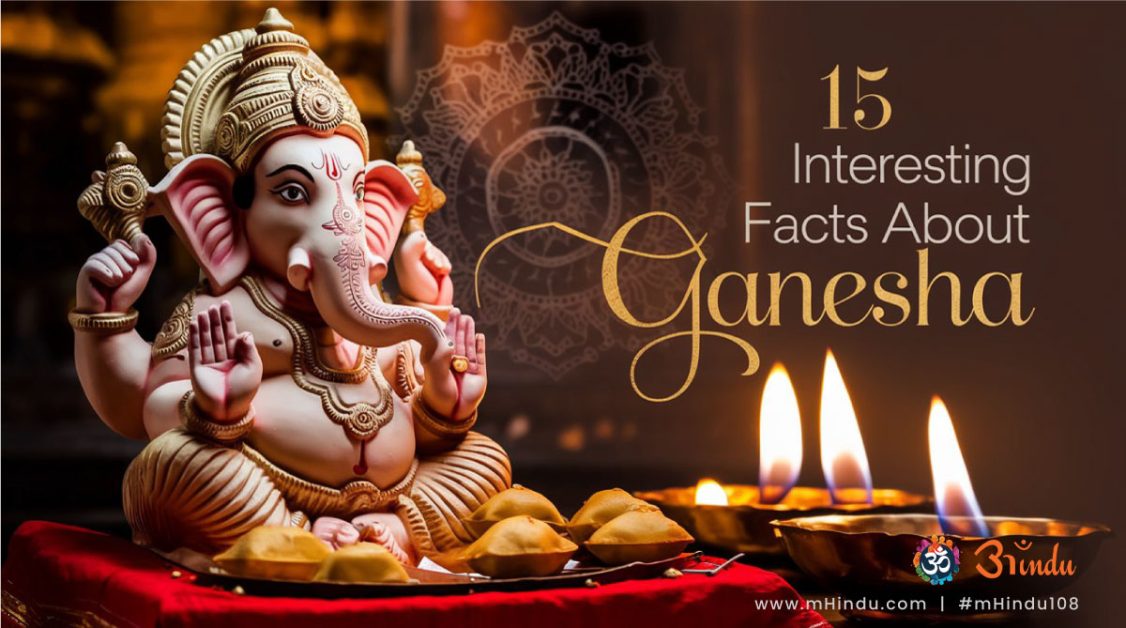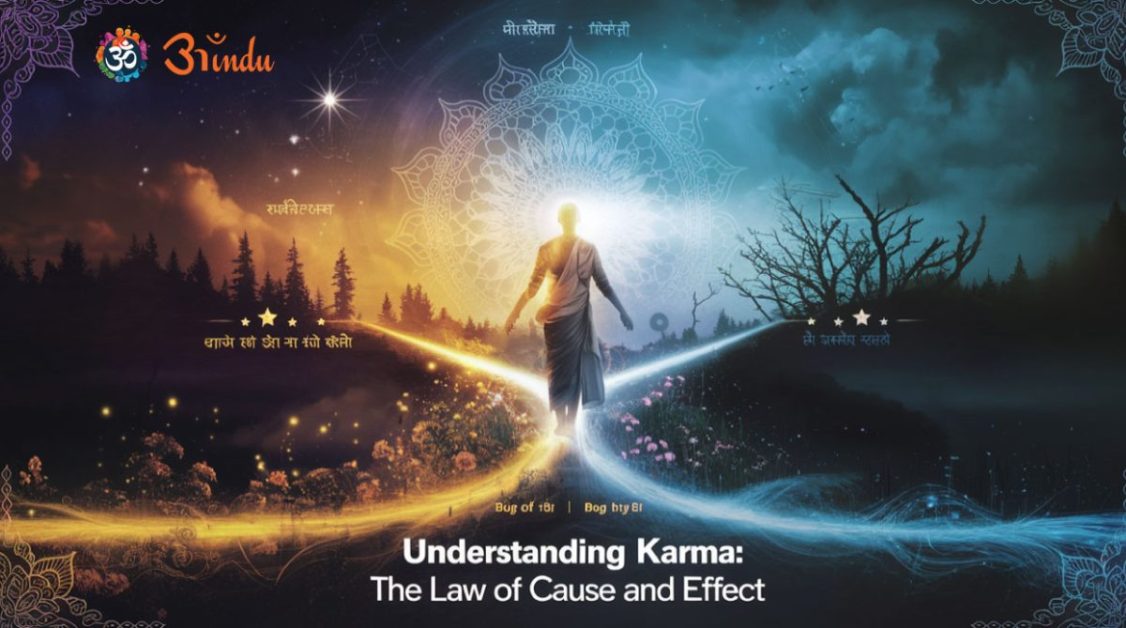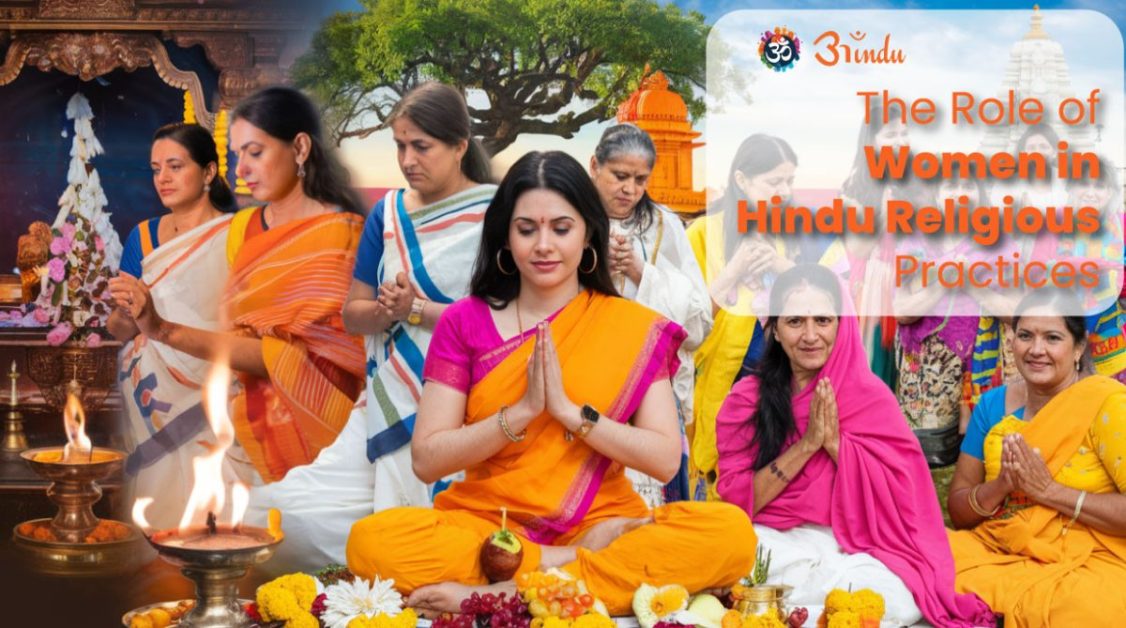
The terms Sanatan Dharma and Hinduism are often used interchangeably, yet they represent distinct aspects of a complex spiritual tradition. This blog explores the nuances between these two concepts, their historical contexts, and their implications in contemporary society, offering insights into how they shape the lives of millions.
Explore Blog Content
ToggleSanatan Dharma meaning
Sanatan Dharma is a Sanskrit term that translates to “eternal religion” or “eternal law.” It embodies the principles and values that guide individuals toward righteousness and spiritual growth. Here are some key aspects of Sanatan Dharma:
- Timeless Principles: At the heart of Sanatan Dharma are its core tenets, which include Dharma (righteousness), Karma (action and its consequences), and Moksha (liberation from the cycle of birth and rebirth). These principles emphasize a moral framework that encourages individuals to live virtuously and seek spiritual enlightenment.
- Inclusivity: Sanatan Dharma is characterized by its inclusivity, embracing a variety of beliefs, practices, and philosophical schools. This adaptability allows it to resonate with diverse communities and individuals across different cultures and backgrounds, making it a universal spiritual framework.
- Philosophical Foundation: Rooted in ancient scriptures, including the Vedas, Upanishads, and Bhagavad Gita, Sanatan Dharma provides profound insights into the nature of reality, the self, and the universe. These texts explore deep philosophical questions about existence, morality, and the divine, guiding followers on their spiritual journeys.
“You have the right to work, but never to the fruit of the work. Let not the fruits of action be your motive, nor let your attachment be to inaction.”Bhagavad Gita, Chapter 2, Verse 47
Understanding Hinduism
Hinduism, on the other hand, is a term that emerged much later, primarily during colonial times, to categorize the diverse religious practices and beliefs of the Indian subcontinent. It encompasses the various cultural and religious practices that have evolved over centuries. Key characteristics of Hinduism include:
- Diversity of Practices: Hinduism incorporates a wide range of rituals, festivals, and beliefs, often varying significantly from one region to another. This diversity reflects the adaptability of the tradition to different social and cultural contexts, resulting in a rich tapestry of practices that cater to various communities.
- Caste System: Historically, Hinduism has been associated with the caste system, which classifies individuals into hierarchical social groups. This system has shaped social interactions and access to resources within Indian society, leading to complex discussions about social justice and equality.
- Religious Institutions: Unlike Sanatan Dharma, which is more philosophical, Hinduism is often organized around temples, priests, and established rituals that guide religious practices. This institutional framework provides a sense of community and continuity, connecting followers to their cultural heritage.
Key Differences Between Sanatan Dharma and Hinduism
While both Sanatan Dharma and Hinduism share foundational beliefs and practices, their distinctions lie in their definitions and implications:
1. Philosophical vs. Cultural Framework
-
- Sanatan Dharma represents a philosophical framework centered on spiritual principles and moral values that transcend time and place. It serves as a guide for individuals seeking personal and spiritual growth.
-
- Hinduism encapsulates the cultural and religious practices of the Indian subcontinent, which may include customs, rituals, and social norms that vary widely. This cultural aspect is crucial for understanding how individuals relate to their heritage and community.
2. Eternal vs. Historical Context
-
- Sanatan Dharma is viewed as eternal and unchanging, grounded in timeless truths that offer guidance to individuals regardless of changing societal norms.
-
- Hinduism, conversely, has evolved over time, influenced by historical, social, and political changes. This evolution is evident in the ways rituals and practices have adapted to modern contexts while still retaining their essential spiritual significance.
3. Inclusivity vs. Institutionalization
-
- Sanatan Dharma is inclusive, allowing for diverse interpretations and practices that reflect the personal spiritual journeys of individuals. It encourages seekers to explore various paths to truth and understanding.
-
- Hinduism can be seen as more institutionalized, often involving specific rituals and hierarchical structures within religious institutions. This can sometimes create barriers to participation for those who may feel disconnected from established practices.
The Contemporary Relevance of Sanatan Dharma and Hinduism
In today’s world, the distinction between Sanatan Dharma and Hinduism continues to be relevant, particularly in discussions about identity, spirituality, and social issues.
- Spiritual Exploration: Individuals seeking spiritual fulfillment may resonate more with the philosophical underpinnings of Sanatan Dharma, which encourages personal exploration and understanding. This approach allows for a more individualized practice of spirituality, free from the constraints of dogma.
- Cultural Identity: For many, Hinduism serves as a vital aspect of cultural identity, connecting them to community practices, festivals, and shared traditions. The rituals and festivals observed within Hinduism foster a sense of belonging and continuity that is essential for many individuals and communities.
- Social Issues and Reform: The historical association of Hinduism with the caste system has led to significant discussions about social justice and equality. Many contemporary movements seek to reform these structures, emphasizing the inclusive and egalitarian principles inherent in Sanatan Dharma.
- Global Influence: As globalization spreads, both Sanatan Dharma and Hinduism have found resonance beyond the Indian subcontinent. Their teachings on universal values, spiritual growth, and the interconnectedness of all beings attract followers worldwide, contributing to a greater understanding of diverse spiritual paths.
Conclusion
In summary, while Sanatan Dharma and Hinduism are interconnected, they represent different dimensions of a rich spiritual tradition. Understanding their distinctions allows for a deeper appreciation of the philosophies and practices that shape the lives of millions.
As we navigate the complexities of modern life, embracing the eternal principles of Sanatan Dharma can provide guidance, while also honoring the diverse cultural expressions found within Hinduism. In doing so, we foster a more inclusive and holistic understanding of one of the world’s oldest spiritual traditions.
By recognizing both the philosophical and cultural aspects of these traditions, we can appreciate the profound wisdom they offer, encouraging a more harmonious existence and deeper spiritual fulfillment in our lives.
FAQs:
- Is Sanatan Dharma the same as Hinduism?
While often used interchangeably, Sanatan Dharma is a philosophical framework emphasizing eternal principles, while Hinduism is a broader term encompassing diverse cultural and religious practices of the Indian subcontinent. Sanatan Dharma focuses on timeless truths, whereas Hinduism includes varied regional customs. - What are the core beliefs of Sanatan Dharma?
Sanatan Dharma centers on principles like Dharma (righteous duty), Karma (action and consequence), and Moksha (liberation). It emphasizes the eternal nature of the soul, the interconnectedness of all beings, and the pursuit of spiritual enlightenment through various paths. - Does Hinduism have a founder, and how does this relate to Sanatan Dharma?
Hinduism does not have a single founder. Sanatan Dharma, being a philosophical tradition, also lacks a specific founder, reflecting its organic evolution over millennia. This contrasts with religions founded by individual prophets. - How does the caste system relate to Hinduism and Sanatan Dharma?
Historically, the caste system has been associated with Hinduism, influencing social structures. However, many contemporary movements within Hinduism emphasize the inclusive and egalitarian principles of Sanatan Dharma, seeking to reform and transcend caste-based discrimination. - What are the main scriptures of Sanatan Dharma and Hinduism?
Both traditions draw from scriptures like the Vedas, Upanishads, and Bhagavad Gita. These texts provide philosophical insights and moral guidance. Hinduism also incorporates regional texts and oral traditions, reflecting its diverse cultural expressions. - How do rituals and practices differ between Sanatan Dharma and Hinduism?
Sanatan Dharma emphasizes philosophical understanding and personal spiritual growth, while Hinduism incorporates a wide range of rituals and festivals that vary regionally. Hinduism is often more structured around temples and priests, whereas Sanatan Dharma allows for more personal interpretation. - What is the contemporary relevance of Sanatan Dharma in today’s world?
Sanatan Dharma’s emphasis on universal values, ethical living, and spiritual exploration resonates globally. It provides a framework for addressing modern challenges like environmental sustainability and social justice, while also offering pathways to personal fulfillment and inner peace. - How does Sanatan Dharma promote inclusivity and tolerance?
Sanatan Dharma promotes inclusivity through its acceptance of diverse spiritual paths and interpretations. It recognizes the underlying unity of all existence, encouraging tolerance and respect for different beliefs and practices, as reflected in the principle of “Sarva Dharma Sambhava” (equal respect for all religions).






